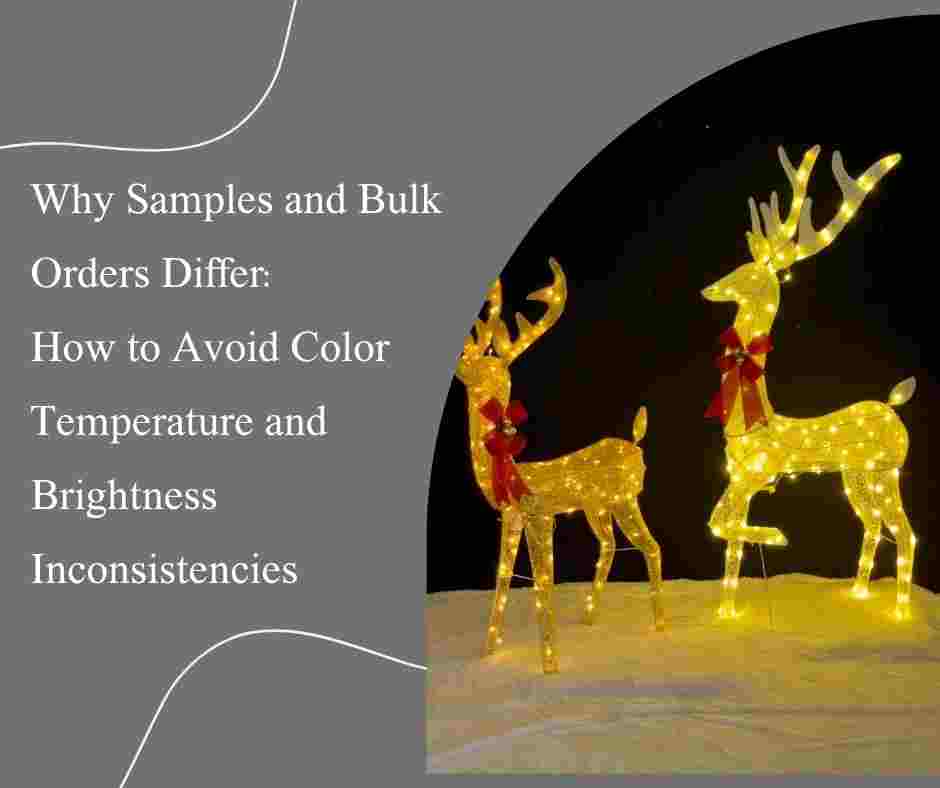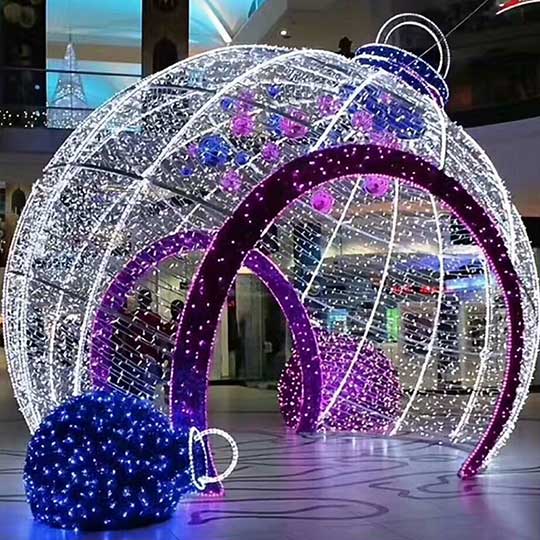When receiving bulk lighting products, many customers notice discrepancies between the samples and the final products in terms of color temperature and brightness. This can lead to confusion and dissatisfaction. But is this a supplier’s fault, or are there other factors at play?
In this blog, we’ll explore the possible reasons behind these differences and how you can avoid them when sourcing lighting products, ensuring consistency between samples and bulk orders.
Why Do Samples and Bulk Orders Differ?
1. Power Supply and Converter Compatibility
One of the most common reasons for differences in color temperature and brightness between samples and bulk orders is the power supply or converter used. During the sample stage, manufacturers often use high-quality, well-matched converters and power supplies to showcase the best performance. However, when producing in bulk, there might be slight variations in the power supply used, leading to inconsistencies in performance.
2. Shipping and Handling Issues
Another potential factor is how the products are handled during shipping. The sample lights are often carefully packed, with extra attention to preserving their condition. Bulk orders, on the other hand, may not receive the same level of care, resulting in physical damage or slight misalignment in internal components like LED chips, which could cause issues with color temperature and brightness.
3. Environmental Factors During Testing and Production
The environment in which the lights are tested or manufactured also plays a role. Differences in temperature, humidity, or even lighting conditions in the factory can impact how the lights appear during production compared to the sample display. For example, an LED light might look slightly warmer in a cooler environment and brighter in a more humid one.

How to Prevent Inconsistent Color Temperature and Brightness
1. Quality Control and Sample Verification
To avoid discrepancies, always ensure that there is a clear quality control process in place. Verify that the product samples you receive are tested under the same conditions as the bulk production batch. Conduct tests in a similar environment with the same equipment to ensure that performance matches. Don’t rely solely on factory tests—request independent verification if necessary.
2. Work Closely with Your Supplier
Maintaining clear communication with your supplier is key. Ask for detailed specifications, including the exact power supplies, converters, and environmental conditions used during both the sample and bulk production phases. Suppliers who understand your needs will be more likely to work with you to ensure consistency.
3. Choose Reliable and Consistent Suppliers
Opt for suppliers with a proven track record of providing consistent products. A good supplier will have the capability to deliver products that meet your requirements both in terms of color temperature and brightness. Always check for third-party certifications, such as CE and RoHS, which ensure that products meet quality standards.
4. Test Bulk Orders Before Finalizing
Before fully committing to a bulk order, request a small sample from the production batch that is identical to the bulk order. This allows you to test and compare the color temperature, brightness, and overall quality before committing to the entire order.
5. Product Customization and Consistency
If you require exact color matches, consider discussing customizations with your supplier. Some manufacturers offer color-matching services that can help maintain consistent results across orders.





